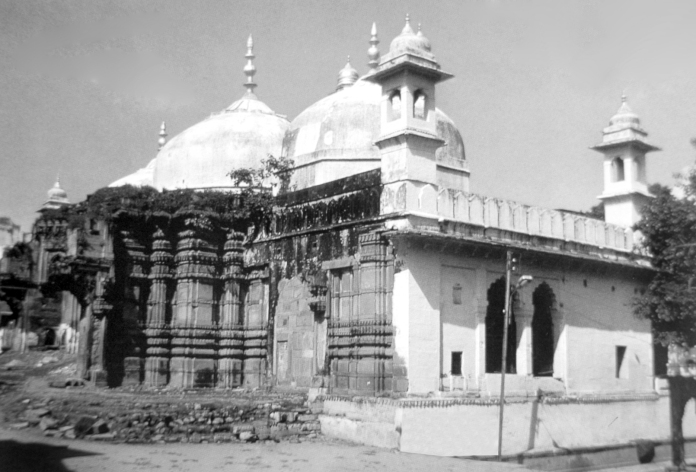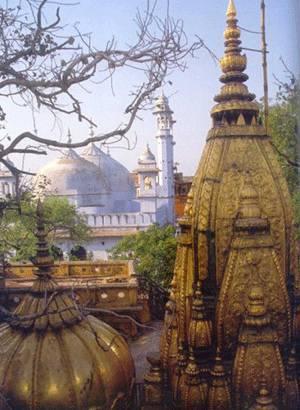- by Deepa Krishnan
This morning I listened to Suprabhatam - the Dawn Prayer - as sung in the Tirumala temple in Andhra Pradesh. This is the prayer sung to wake up the sleeping Lord Vishnu. To me, there has always been something mesmerising and calming about the sound of this morning chant.
Perhaps the sound of Sanskrit appeals to me; or perhaps it is the cadence itself, or perhaps it is the knowledge that I am listening to something very old.
On an impulse, I looked up the Tirumala website for a translation of the Dawn Prayer - and found myself captivated by the beauty of the lyrics.
Wake up, Lord, the song says, wake up! See the beauty of the Dawn!
The breeze carries the scent of half-opened blue lotuses; it blows gently through coconut and arecanut trees.
Green parrots in beautiful cages open their eyes; they eat bananas and sweet payasam, and sing gracefully.
The black bees hum loudly, declaring themselves more beautiful than the flowers!
Wake up, Lord, and with your waking, render the three worlds auspicious!
For me, the imagery these words conjure up is very "South Indian". In my
mind, I can see a green prosperous fertile country, with rice fields
and coconut groves, where the morning brings with it gentle breezes and
calm beauty.
Dark-skinned beautiful women walk in the fields, their
sarees brilliant with colour. Temple spires –
tall, colorful gopurams - rise above the trees. White oxen are being
yoked to the plough. Everything is green and beautiful…and somehow
blessed. (It is just me or does anyone else see these things? I don’t
know!)
Other than descriptions of the land, the Dawn Prayer also contains poetic descriptions of Vishnu:
Darling child of Kausalya! Lord with the Eagle Banner!
Lord of the Seshachala Hills! Padmanabha, he of the Lotus Navel!
Purushottama, ideal among Men! Madhava! Janardana! Chakrapani, Holder of the Divine Discus! Lord of the ten incarnations! He whose body is marked by the sacred Srivatsa sign!
The names go on, each bringing with it more and more rich visual images, until the whole Dawn Prayer is infused with a divine grace where God and Nature intertwine, where lines blur, where all you can see is the glory of the Universal Truth manifested in everything around you.
 |
| Dawn sighting of the Lord of Tirumala! |
Is it not fitting, then, that the dawn darshanam (sighting of the Lord) in the Tirumala temple is also called “Viswarupa Sarva darshanam”? (For those who do not know, the Viswarupa is the Cosmic Form of the Lord, said to contain the entire Universe in itself).
I am not religious, but I tell you, the Suprabhatam with its full meaning is enough to give me goosebumps.
My only regret is that my knowledge of Sanskrit is still half-baked, that three years of learning it is nowhere near enough to appreciate its depth and grace.
Truly, when you do not know the languages of your ancestors, you have lost half the world.

















































